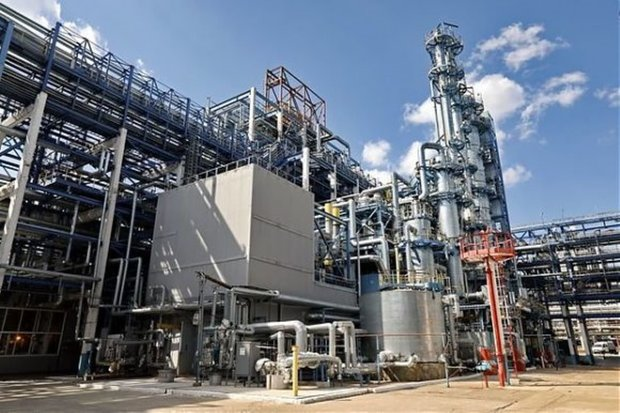2020 results: Kazanorgsintez reached net profit without refusing its development strategy
The enterprise ended the year with nearly 9 billion rubles of profit by raising employees’ salaries and costs on social needs at the same time
Consequences of the pandemic influenced all spheres of the economy — petrochemistry felt them too. Moreover, growth in medical, hygienic and food packaging compensated for a decline in fuel production and some types of chemicals. A gradual recovery of the polymer market in Russia already began in the third quarter. Despite crisis tendencies in the world economy, the result in 2020 turned out to be positive and for one of the biggest Russian manufacturers of ethylene polymers and copolymers — Kazanorgsintez. The enterprise has summed up financial results of the year according to Russian Accounting Standards.
The polymer market starts recovery
2020 became an endurance test for all enterprises. For the sectors linked with hydrocarbons production and refining, the year began with an economic crisis. An abnormal fall in oil price and related raw products led to a drop in global polymer prices. The OPEC deal impacted the hike in feedstock prices, which, in turn, became a cause of the deficit of feedstock for chemistry and petrochemistry. The Russian industry found it especially tough.
Moreover, the pandemic and its consequences like lockdown severely hit it. Together with the crisis that arose amid the situation with OPEC, the restrictions imposed because of the quarantine kept polymer manufacturers and refiners from raising prices, moreover, the price for oil, oil products and LNG went on growing.
The market began to regain consciousness only in the second half of the year.
“Despite everything, oil and petrochemistry remain one of the most dynamically growing sectors of the global economy seriously outstripping the dynamics of the world’s GDP. The market turned out to be significantly backed up demand from China that in spite of having its own production still had a shortage of ethylene, which was covered by imports. Of course, average prices fell because prices collapsed in the first half of the year. However, the market’s recovery already resumed in the third quarter, the recovery notably accelerated in the fourth quarter last year and in the first quarter this year. Prices for standard thermoplastics now are around record highs. So we can note that this year the gas and petrochemical sector has good prospects,” explained analyst of FINAM GC Alexey Kalachev.
Director of ACRA Group of Corporate Ratings Vasily Tanurkov considers the polymer market turned out to be one of the least affected areas as a result of the pandemic.
“A considerable part of the demand for polymers is linked with the production of basic commodities that demonstrate stable growth even during economic declines. The stability was partly provided by a rise in demand for polymers from the pharmaceutical industry and the production of medical goods. At the same time, there was a sudden decrease in demand for some types of products such as the automotive industry. However, the demand from more affected sectors also began to recover in the second half of the year,” Vasily Tanurkov analyses the situation.
Kazanorgsintez’s net profit — nearly 9 billion rubles
Even though the production pace stood stable, many enterprises anyway didn’t manage to save incomes and were in the red. Kazanorgsintez managed to make a net profit of 8,6 billion rubles.
Last year, non-current assets of Kazanorgsintez PJSC rose to 55 billion rubles. In 2019, this sum amounted to 51 billion rubles. The enterprise’s accounts receivable reduces year after year: if it totalled 3 billion rubles in 2018, in 2020, it did 2,6 billion. The enterprise’s current assets reduced: from 19,7bn to 18,4bn rubles.

Kazanorgsintez’s revenue in 2020 was equal to 63 billion rubles. As prices in the market changed, the number was below the digit in 2019. The fall was 15%.
According to the report, KOS exported commodities for 12 billion rubles, which exceeded the indicator in 2019. In 2019, KOS exported products for 11,9bn rubles. However, the enterprise’s key outlet is still Russia. Products for 51bn rubles were shipped to the Russian market. Salaries and social payments didn’t reduce at the height of the pandemic. Moreover, the enterprise augmented expenses on salaries by 9%, from 5,486 to 5,986 billion rubles as well as on social payments by 9,7%, from 1,747 to 1,917 billion rubles.